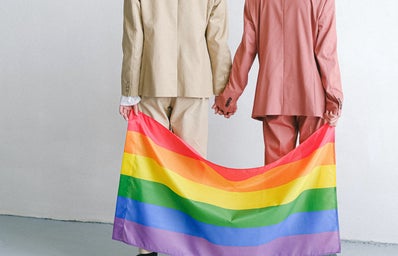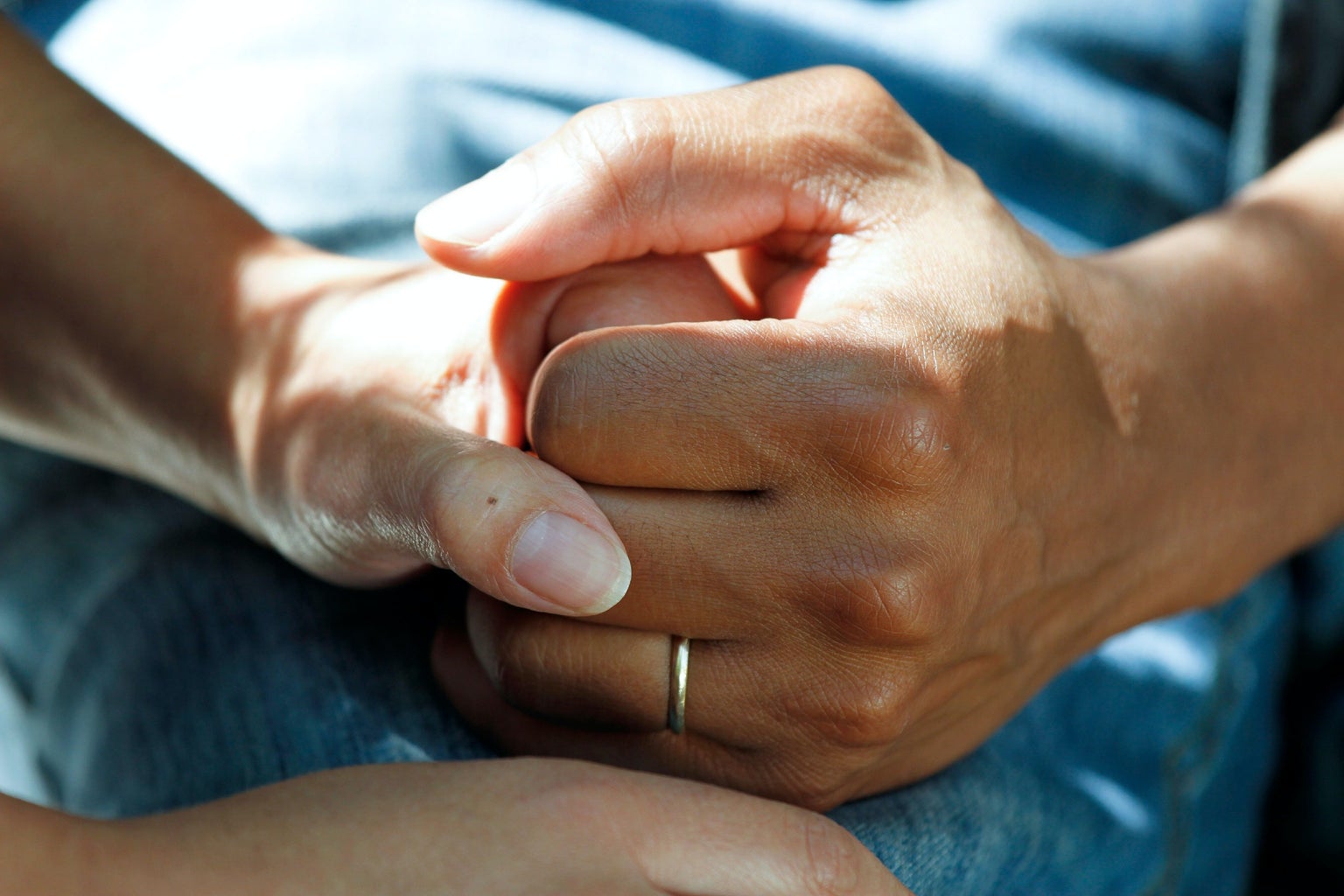[Content warning: mention of suicide, substance use, sexual assault/rape, and intimate partner violence statistics. This article uses statistics created for bisexual individuals and may or may not apply to similar sexual orientations, such as pansexual. This article also uses statistics for men and women, with there not being enough conclusive research on individuals whose gender does not fit into either of those two categories.]
Pride month calls attention to queer individuals, communities, and issues. Our joy comes not solely from acceptance, but exceedingly from support. To bring forth queer joy and support requires the recognition of queer issues and queerphobia in its many variations. Utilizing the labels bisexual and queer as self-identifying descriptors to internally reconcile and externally express my romantic and sexual attraction, I carry most of my experience of queerphobia in the realm of biphobia. It is imperative to learn, individually reflect, engage in conversation, and act on biphobia in its implicit, explicit, conscious, and unconscious forms. Biphobia, externalized and internalized, has its consequences, and bisexual individuals face a disparity of mental and physical health outcomes.
MENTAL AND PHYSICAL HEALTH OVERVIEW
Current statistical evidence reports that bisexual individuals encounter higher rates of depression, anxiety, suicide, sexual assault, intimate partner violence, and poverty than their heterosexual, lesbian, and gay male counterparts.
A January 2020 study from the Journal of Affective Disorders asserts that bisexuals face higher rates of depression and anxiety, with individuals reporting to be at more risk than lesbians and gay men. A January 2020 summation of mental health statistics by the American Psychiatric Association records higher rates of mood and anxiety disorders for bisexual women over lesbian and heterosexual women as well as for bisexual men over heterosexual men. The Journal of Bisexuality found 75% of bisexual women report experiencing sexual violence within their lifetime. A 2010 National Intimate Partner and Sexual Violence Survey published by the CDC found several of the following statistics. For sexual violence not including rape: 74.9% for bisexual women (versus 46.6% for lesbians and 43.3% for heterosexual women) and 47.4% for bisexual men (versus 40.2% for gay men and 20.8% for heterosexual men). Stalking victimization is 1 in 3 for bisexual women versus 1 in 6 for heterosexual women. Intimate partner violence is 61.1% for bisexual women (versus 43.8% for lesbians and 35.0% for heterosexual women) and 37.3% for bisexual men (versus 26.0% for gay men and 29.0% for heterosexual men).
The American Psychiatric Association additionally showed statistics of rates of suicide and substance use for both bisexual men and women higher than heterosexual, lesbian, and gay individuals. Substance dependency proves higher within the queer community. Being openly bisexual is correlated with higher rates of substance use. As well, bisexual women and transgender individuals encounter higher rates of poverty, about 30 percent, with bisexual men trailing closely behind in third.
HOMOGENEITY VERSUS INTERSECTIONALITY
Many of these statistics do not account for disparities in racial and socioeconomic differences. Racial differences show that bisexual people of color report higher levels of poor mental and physical health.
A 2019 study of young adult and adolescents of “female-assigned-at-birth sexual and gender minority” found that non-white racial and ethnic individuals were at more risk to experience intimate partner violence. A study examining “Black, Latino, and Multiracial gay and bisexual men in the United States” shows that the simultaneous interaction of racial discrimination and ‘gay rejection sensitivity’ correlated to high difficulty of emotional regulation leading to high rates of depression and anxiety symptoms, consequently producing high drinking rates.
It is important to note that in comparing the intersections of race and sexuality, people of color, regardless of sexual orientation, encountered more similar physical health outcomes whereas Non-Hispanic, White bisexual people experienced statistically significant worse physical health outcomes than their straight, lesbian, and gay counterparts. There is somewhat of a significance in differences of mental health in non-white individuals, poorer for bisexual individuals of color than lesbian, gay, and heterosexual people of color.
HEALTH OUTREACH
39% of bisexual men and 33% of bisexual women do not disclose their sexuality to health providers. Non-white sexual minorities reported greater levels of health care discrimination leading to more fear and hesitation in receiving health services. Considering mental health consultation, ethnocultural immigrant groups show low rates of obtaining services.
Many bisexual individuals do not report their sexual orientation in spite of these statistics of poor mental and physical health. Sharing your sexuality with health providers that take into account these disparities is important to receiving adequate healthcare.
WHAT DO WE DO?
Funding for queer advocacy and research has been very minimal toward bisexual issues, reporting below one percent. Allocating money toward mental and physical health matters in the bisexual community accounting for the intersections of race, socioeconomic status, gender, and cisgender versus transgender identities is necessary. Learning, from places such as the Charting Queer Health podcast, as well as spreading the word about these issues and disparities in health is essential. We need to find and share resources to support systems and communities, online and in-person. We must learn to locate queer joy within and share it outwardly.





